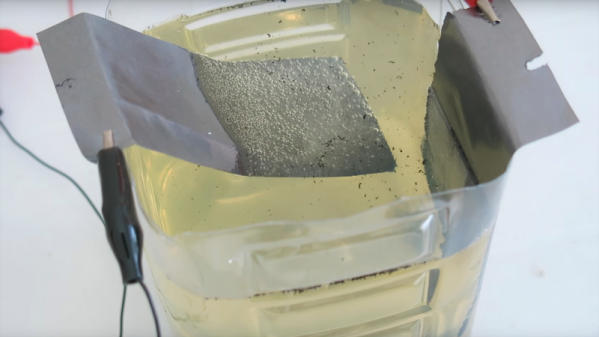Some of the creepy-crawlers under our feet, flitting through the air, and waiting on silk webs, incorporate metals into their rigid body parts and make themselves harder. Like Mega Man, they absorb the metals to improve themselves. In addition to making their bodies harder, silk-producing creatures like worms and spiders can spin webs with augmented properties. These silks can be conductive, insulating, or stronger depending on the doping elements.
At Italy’s University of Trento, they are pushing the limits and dosing spiders with single-wall carbon nanotubes and graphene. The carbon is suspended in water and sprayed into the spider’s habitat. After the treatment, the silk is measured, and in some cases, the silk is significantly tougher and surpasses all the naturally occurring fibers.
Commercial spider silk harvesting hasn’t been successful, so maybe the next billionaire is reading this right now. Let’s not make aircraft-grade aluminum mosquitoes though. In fact, here’s a simple hack to ground mosquitoes permanently. If you prefer your insects alive, maybe you also like their sound.
Thank you for the tip, [gippgig].


















